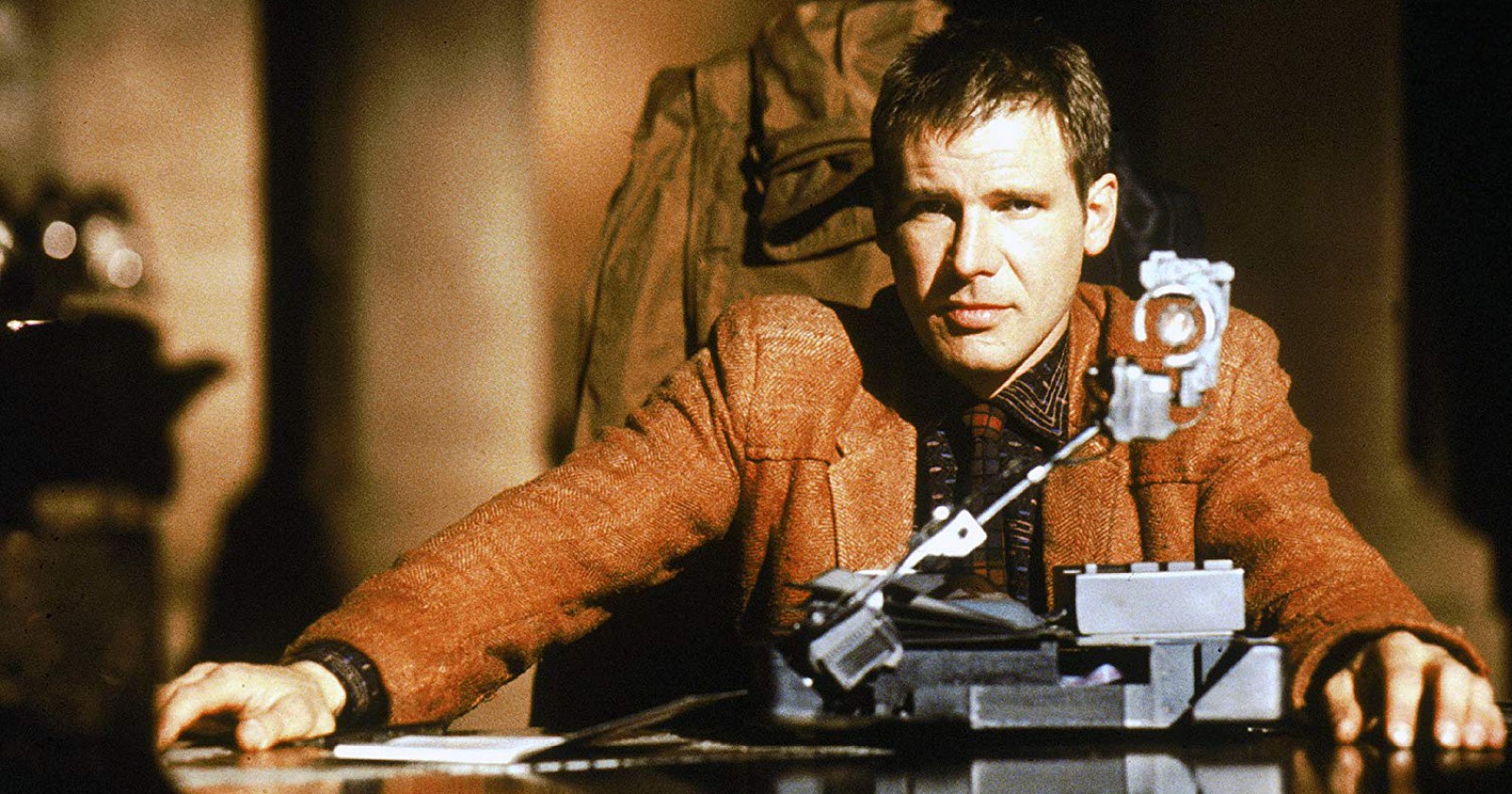
Films of Future Past27.11.2019
Below you will find a compilation of movies which, at the moment of their release, portrayed a vision of the future that we can no longer look forward to—they’re all set in what is now our past.
The future—whether the more distant or the more imminent, ten, twenty, thirty years away—is one of the most frequently explored themes in cinema. Some directors prefer not to narrow down the timeframes of their works, preventing their projects from being derisively compared against the reality they allegedly portrayed years down the line. Others opt for a near-future setting, and a storyline involving some sort of warning or hope for mankind—some seek to caution us against potential catastrophe or kindle within us a hope for a better tomorrow. Years later, however, it often turns out just how much their authors missed their mark when it came to envisioning the future.
Blade Runner (1982)
Set in November 2019
At this point in time, it’s more or less impossible to write something new about this seminal piece of science-fiction. The film tells the story of Rick Deckard, former blade runner—a police officer hunting rogue androids—who is charged by his erstwhile supervisor with locating four fugitive replicants currently in hiding in the city. Replicants, androids developed for hard labor and universally seen as slaves, are nearly identical to humans—the key difference between the two being the former’s lack of free will. Mankind, however, is well aware that any sort of rebellion from the horrifyingly exploited replicants would collapse civilization, so a network of blade runners was established to hunt down rogue replicants and “retire” them. Created nearly 40 years ago, Scott’s vision managed to foresee some of the aspects of life in 2019, such as addiction to cheap Chinese tech or sweeping climate change, both of which are hotly debated subjects at the time of this writing—with chilling accuracy. This does not change the fact, however, that we’re incredibly far from living next to lifelike androids nearly indistinguishable from humans. All we can do is live to 2049 to see whether Dennis Villeneuve’s excellent sequel to Blade Runner holds up any better.
The Postman (1997)
Set in 2013
The Kevin Costner vehicle was a box office dud, bringing in only $20M in profits against an $80M budget. The critics failed to show the film any mercy, and even the most avowed fans of the Dances with Wolves star had trouble defending this epic adaptation of the David Brin novel. If you decide to give The Postman another chance, however, you won’t regret the three hours it takes. In this neo-Western vision of post-apocalyptic United States, ravaged by the same events that wiped out nearly the whole of mankind in 1997, we see society struggling to stand its ground against widespread attacks from small groups of aggressors motivated by racial hatred. Costner’s film was fiercely antiwar and sought to identify where the fault lines of America of the future would run. Were the film released a couple of years later (or even today), the message behind The Postman could have fared much better with American audiences and critics, especially given the range of social problems faced not just by the United States, but the world in general.
Escape from New York (1981)
Set in 1997
The Bicentennial Man (1999)
Set in 2005
Based on a book by one of the greatest visionaries of science fiction, Isaac Asimov, the film sought to interrogate a number of subjects that usually come up in discussions of artificial intelligence. In a little over two hours, Columbus tried to tell a story about what it means to be human and explored themes like modern slavery, the nature of love and intellectual and independence, and how we actually come to grips with our own mortality. The film takes us to 2005, when the world is first introduced to the Andrew robot series, which clean and fix up their owners’ houses. Several years later, one of the owners discovers in his Andrew a depth that he would never have expected from a metal can filled with wires. Unfortunately, the film failed to carry the weight of all the subjects it decided to take up, and became a tepid blockbuster for family audiences. One interesting piece of trivia: it was one of two films in Robin Williams’ career to bring him both an Academy Award and a Razzie nomination (Hook was the other).
A Clockwork Orange (1971)
Set in 1995
Kubrick’s adaptation of Anthony Burgess’ cult novel remains one of the most important films of the 20th century. In the film, Great Britain is ruled over by gangs of juvenile delinquents, personified by the protagonist, Alex, a charismatic, antisocial teenagers whose primary interests include classical music, rape, theft, and what he himself calls “ultraviolence.” The film chronicles the horrors visited upon others by Alex’s gang, their subsequent capture, and attempted rehabilitation using experimental conditioning techniques. In his film, Kubrick interrogates behavioral psychology and examines the nature of society as a whole. The director sought to highlight the incredibly corrosive impact that political fanaticism, inundating the political spectrum, has on humanity and stressed that the only thing separating political extremists from both sides were the dogmas they believed in, because the means they embraced to achieve their ends were not that much different.
A Scanner Darkly (2006)
Set in 2013
The first thing that usually comes to mind when thinking about the Richard Linklater vehicle is its stunning rotoscoped animation style. Its visuals, however, weren’t the only thing that critics and audiences loved about the movie—the excellent script, based on a Philip K. Dick novel, also received considerable praise. The film showed a dystopian future where everyone was under constant police surveillance, instituted to combat a drug epidemic that affected around 20% of society. Linklater decided to set his story not in the immediate rather than the near future, in order to best flesh out and stress the dangers to mankind (as Dick himself would have wanted) that seemingly lurk at every turn.
see also
- Arthur I. Miller | The Artist in the Machine
Trends
Arthur I. Miller | The Artist in the Machine
- Papaya Young Creators: Unlock Your Potential. The Renowned Competition to Relaunch Under a New Name and Tagline
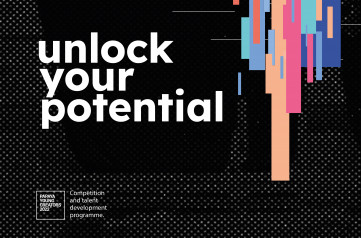 Papaya Young Directors
Papaya Young DirectorsNews
Papaya Young Creators: Unlock Your Potential. The Renowned Competition to Relaunch Under a New Name and Tagline
- Tom Cruise to Shoot a Film in Space with NASA Support in Cinematic First

News
Tom Cruise to Shoot a Film in Space with NASA Support in Cinematic First
- The Kilogram to be Redefined After 130 Years as Part of Metric System Overhaul

News
The Kilogram to be Redefined After 130 Years as Part of Metric System Overhaul
discover playlists
-
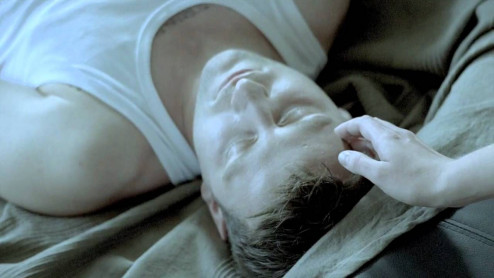 05
05 -
George Lucas
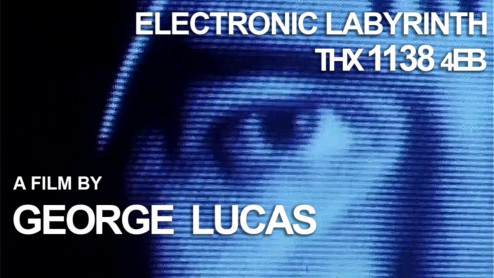 02
02George Lucas
-
Andriej Tarkowski
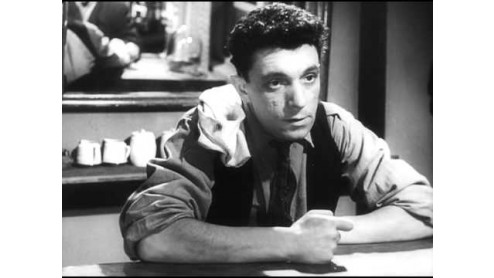 02
02Andriej Tarkowski
-
Seria archiwalnych koncertów Metalliki
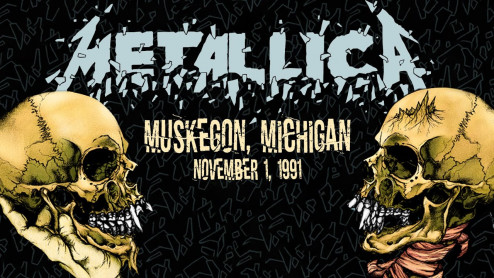 07
07Seria archiwalnych koncertów Metalliki
